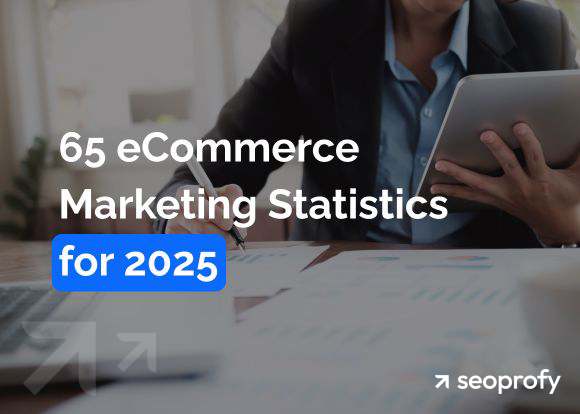The competition in the modern eCommerce market is enormous, and if you want to stay ahead of your opponent, you need to know all the ins and outs of this industry. Naturally, monitoring every report detailing new trends or promotion strategies can be challenging. Luckily, we’ve prepared these comprehensive eCommerce marketing statistics to save you time and provide you with the most important data.
Our insights will help you to evaluate the overall condition of the industry, its trends, and the behavior of modern buyers. Further, using this information, you can prepare your business for the upcoming challenges and implement the efficient eCommerce digital marketing strategies that will make your online store skyrocket.
- Global retail eCommerce sales will reach $7.95 trillion in 2027.
- 74% of US shoppers are more likely to buy a product once it’s recommended by an online influencer.
- Short-form videos, images, and live-streamed videos are the most popular content formats, delivering the highest ROI for eCommerce businesses.
- You can increase your products’ value by 2,706% if you implement storytelling techniques while crafting your content.
- 23.6% of eCommerce orders come from organic search traffic.
- Free delivery, coupons or discounts, and other buyers’ reviews are the main online purchase drivers.
- Shopify is the most popular CMS for the development of an online store.
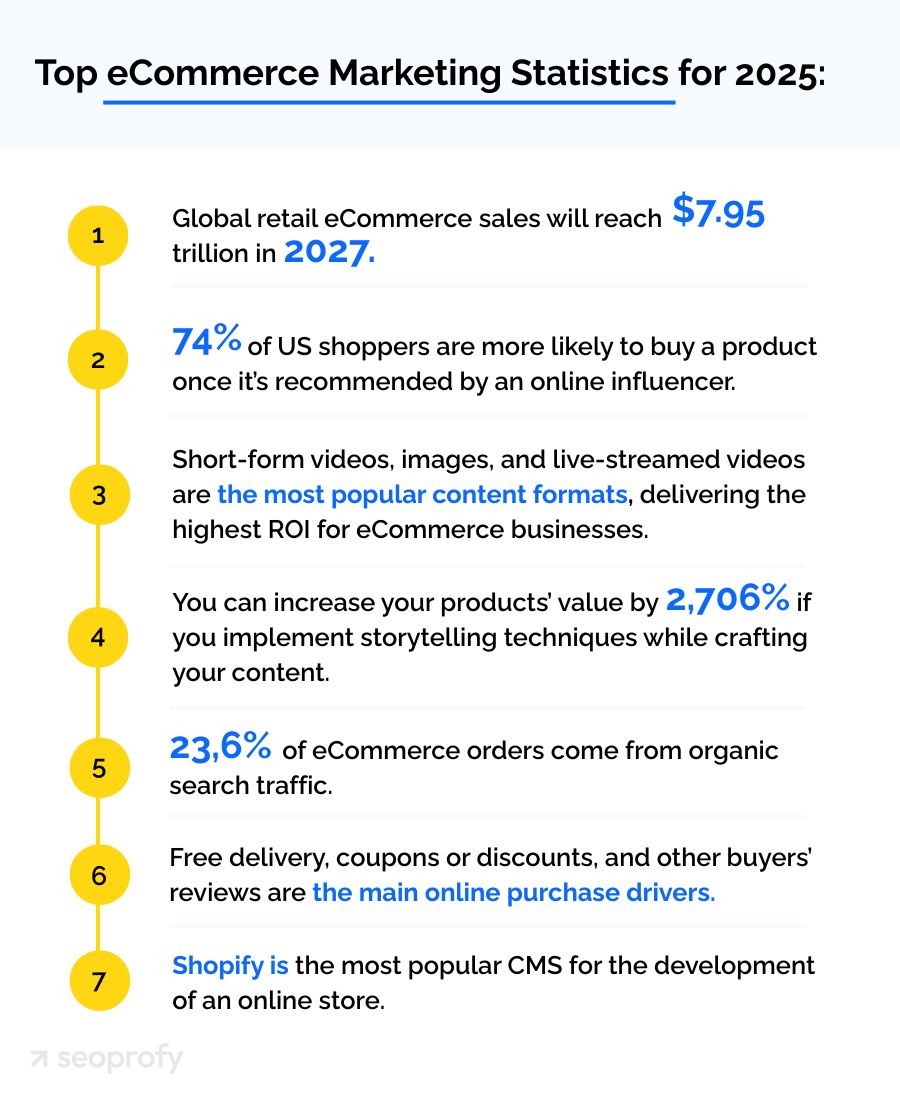
General eСommerce Statistics
First of all, it’s important to estimate the overall condition of the eCommerce market, its key players, and the growth prospects. Luckily, you can quickly do it by analyzing the statistics provided below. Moreover, this information also highlights some of the most popular categories for online shopping and general trends.
- Global retail eCommerce sales are expected to reach $7.95 trillion in 2027. (eMarketer)
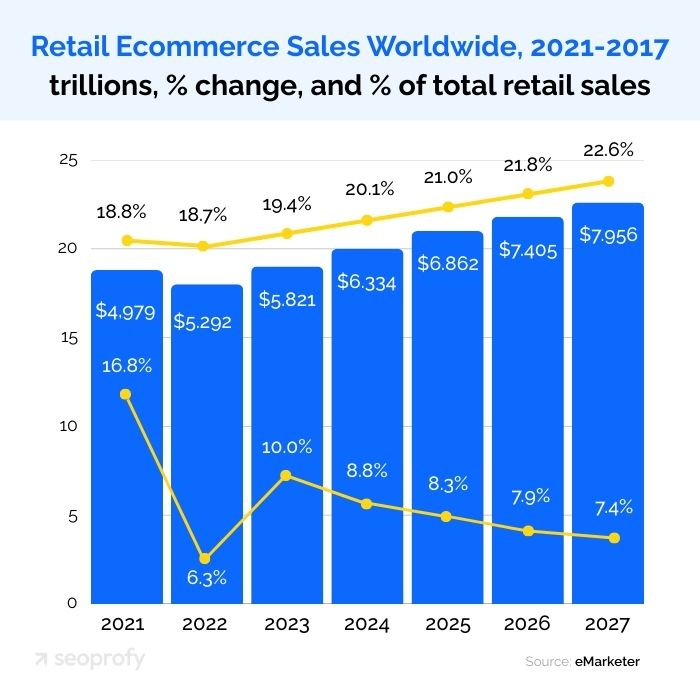
- The global revenue generated by the eCommerce industry in 2024 is $4.12 trillion. (Statista)
- In 2024, the top three most popular eCommerce websites in the US were Amazon, eBay, and Walmart. (eMarketer)
- The most popular online shopping categories among people of all ages in the US include clothing, shoes, and beauty products. (eMarketer)
- Smartphones generate nearly 78% of retail site traffic and 68% of online shopping orders globally. (Statista)
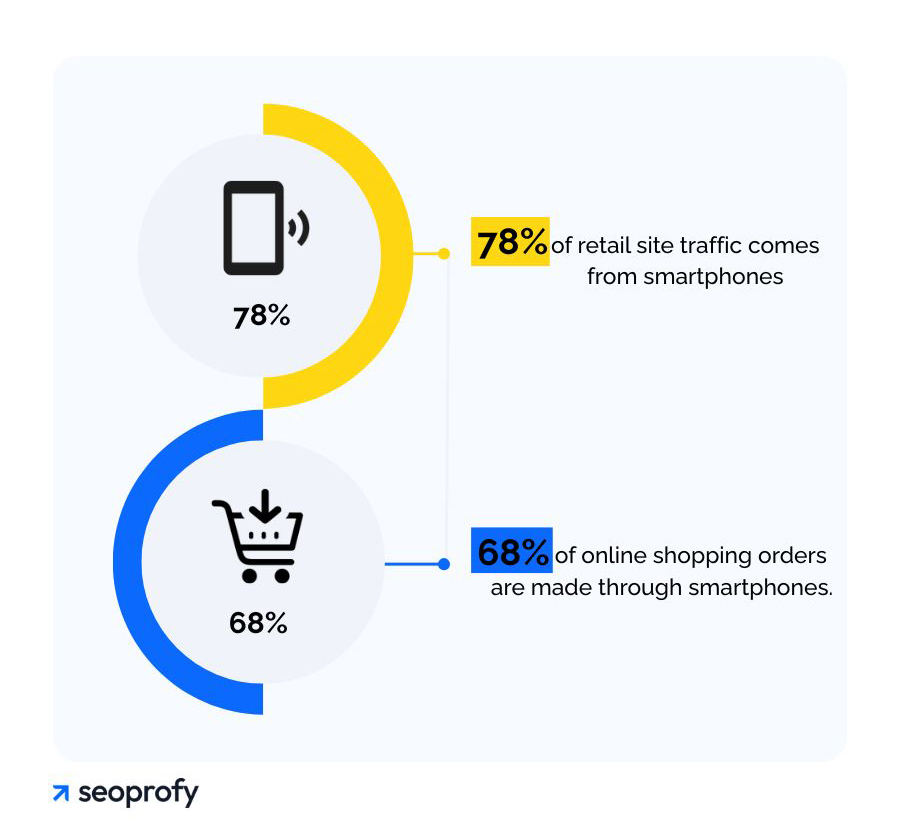
- There are nearly 28,254,652 eCommerce sites on the web, accounting for nearly 2.52% of all websites. (ExplodingTopics)
- 46% of online retailers use AI to improve end-to-end supply chain visibility. (Deloitte)
- Aliexpress.com is at the top of the most popular eCommerce sites in the world in 2025. (SeoProfy)
- Amazon is the most popular online marketplace in the world in terms of traffic. (SeoProfy)
- 50% of consumers start their online product searches at Amazon. (PowerReviews)
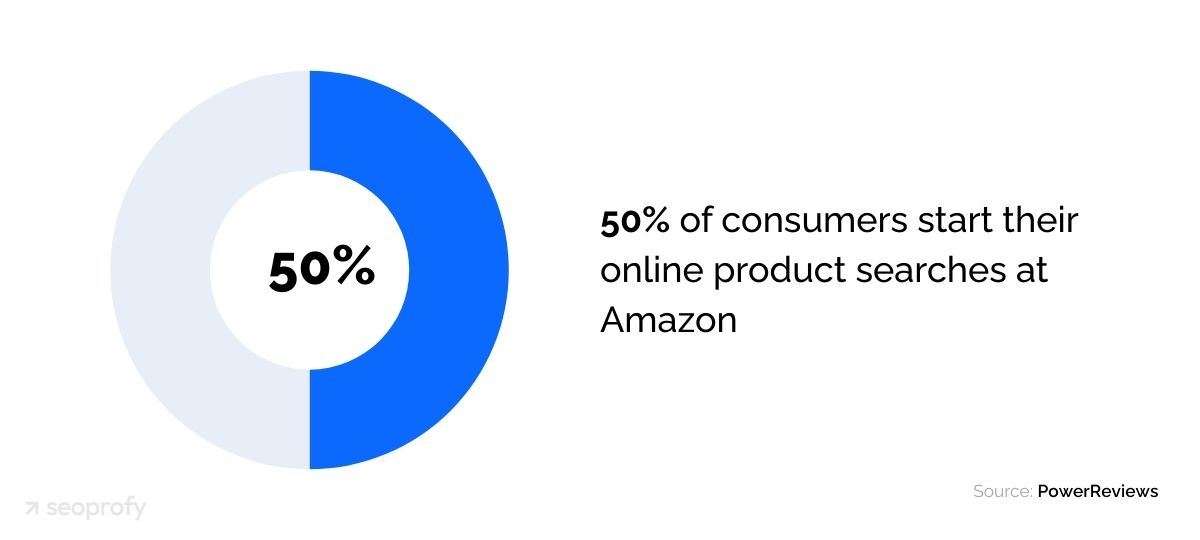
- eCommerce is expected to capture 41% of global retail sales by 2027. (BCG)
eСommerce Content Marketing Statistics
Creating an effective content strategy for eCommerce is essential to driving business success. The quality of your blog posts, product images, and videos directly impacts both revenue and organic traffic growth. Below, you’ll find valuable marketing insights to help you develop content that engages, ranks, and converts.
- 75% of users say paid search ads simplify the search for information online. (Clutch)
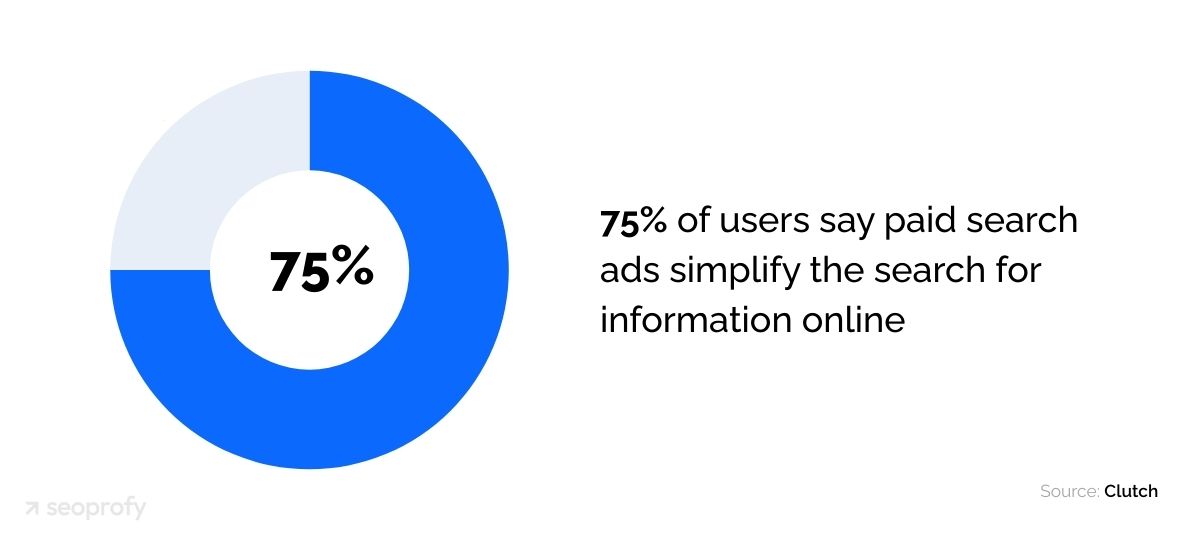
- 87% of consumers believe that product description is the most important factor when deciding to make a purchase, as they can’t physically see, smell, or feel the item. (Convertcart)
- The most efficient content formats to include in your content strategy in 2025 include short-form videos (21%), images (19%), and live-streamed videos (16%). (HubSpot)

- Storytelling can increase your products’ value by up to 2,706%. (GO-Globe)
- Businesses that create blog posts, on average, get 55% more visitors than those that don’t. (HubSpot)
- 1 in 4 marketing specialists are currently exploring the necessity of creating content to reflect their brand’s values. (HubSpot)
- 46% of weekly podcast listeners have purchased as a result of hearing an ad on a podcast. (Edison)
- 67% of buyers believe that high-definition images convince them to make a purchase more than just plain product descriptions. (Convertcart)
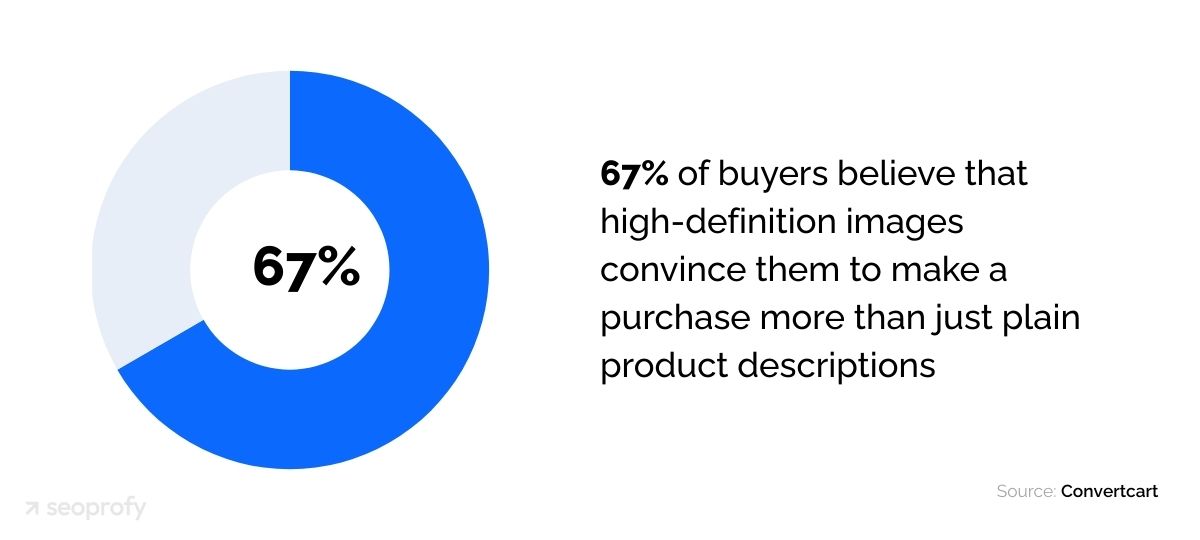
eCommerce Social Media Statistics
63.9% of the world’s population uses social media platforms, making them extremely attractive for the promotion of eCommerce businesses. The statistics provided below can help you select the most popular social media to reach your target audience and increase your sales.
- 74% of US shoppers are likely to purchase a product after the recommendation of an online influencer. (BusinessWire)
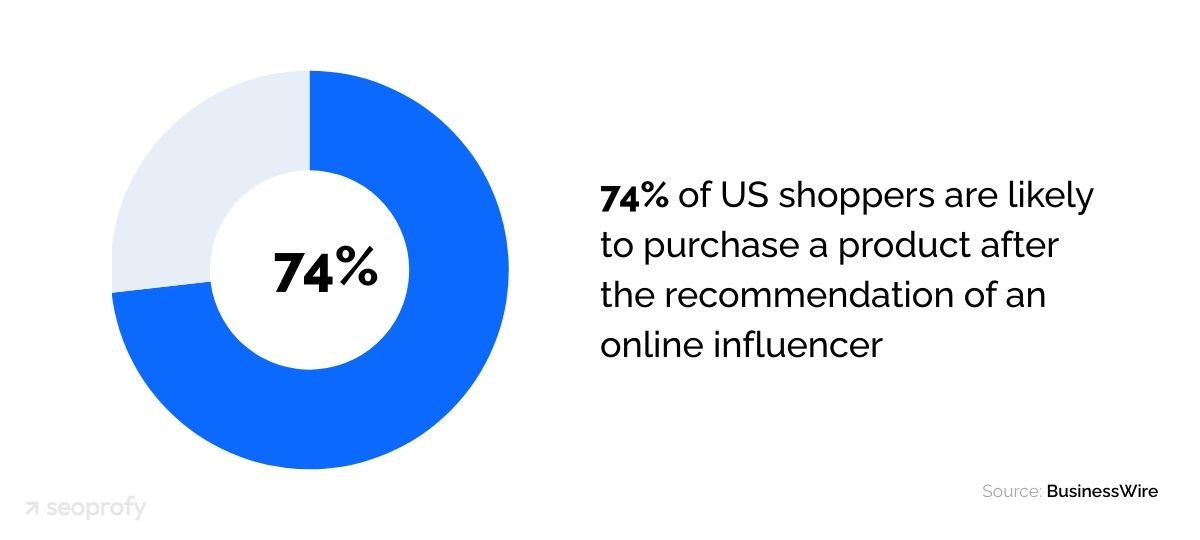
- In 2024, marketers admitted that cooperation with micro social media influencers (from 10,000 to 99,999 followers/subscribers) brought the best results. (HubSpot)
- Facebook, TikTok, and YouTube will remain the most popular social media channels for both B2B and B2C brands in 2025. (HubSpot)
- 82% of buyers use social media platforms to discover and explore information about products. (Hostinger)
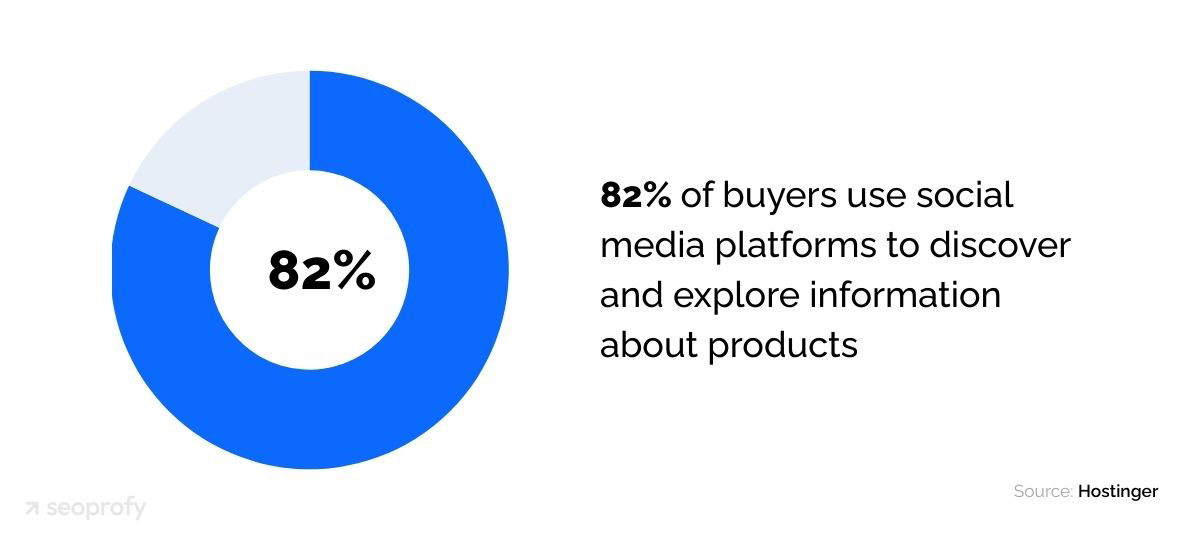
- Nearly 54% of Gen Z customers in the U.S. use TikTok Shop online to discover gifts during the holiday season. (Fiverr)
- 86% of surveyed marketers believe that AI-generated social media influencers may replace traditional bloggers by the end of 2025. (HubSpot)
eCommerce SEO Statistics
The importance of SEO in eCommerce is undeniable because it defines your site’s position on search engine results pages. Additionally, effective SEO services for eCommerce help your products appear in front of the right shoppers, driving qualified traffic and increasing conversions. We’ve outlined the most impactful trends shaping the eCommerce space today. To dive deeper into proven tactics and performance benchmarks, explore our latest SEO statistics below.
- 93% of internet users start their online experience with a search engine. (imFORZA)
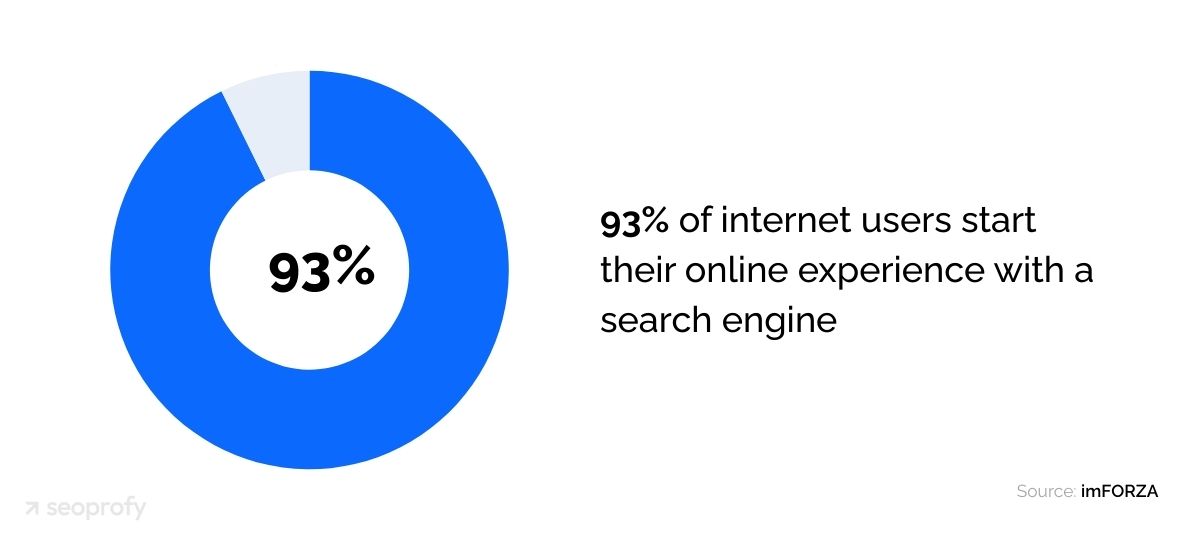
- The search volume for gift-related search queries increases from 15% to 45% during the holiday month. (Google)
- 88% of users are less likely to return to a website after a bad experience. (Toptal)
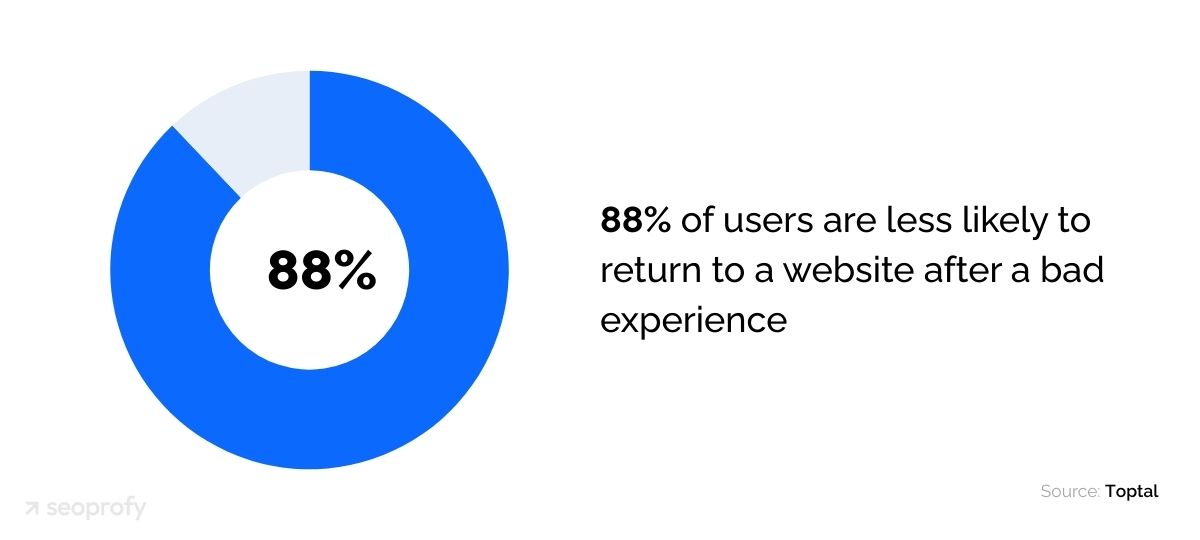
- Slow-loading websites, on average, cost their owners over $2 billion in lost sales each year. (Toptal)
- Long-tail keywords are among the main eCommerce SEO trends, as 56% of customers use queries of three or more words. (WordStream)
- There is a clear impact of SEO on your revenue because 23.6% of eCommerce orders come from organic traffic. (Reboot)
- 19% of marketing specialists plan to develop an SEO strategy for generative AI in search in 2025. (HubSpot)
- 83% of online buyers use Google Search to check product reviews. (Brightlocal)
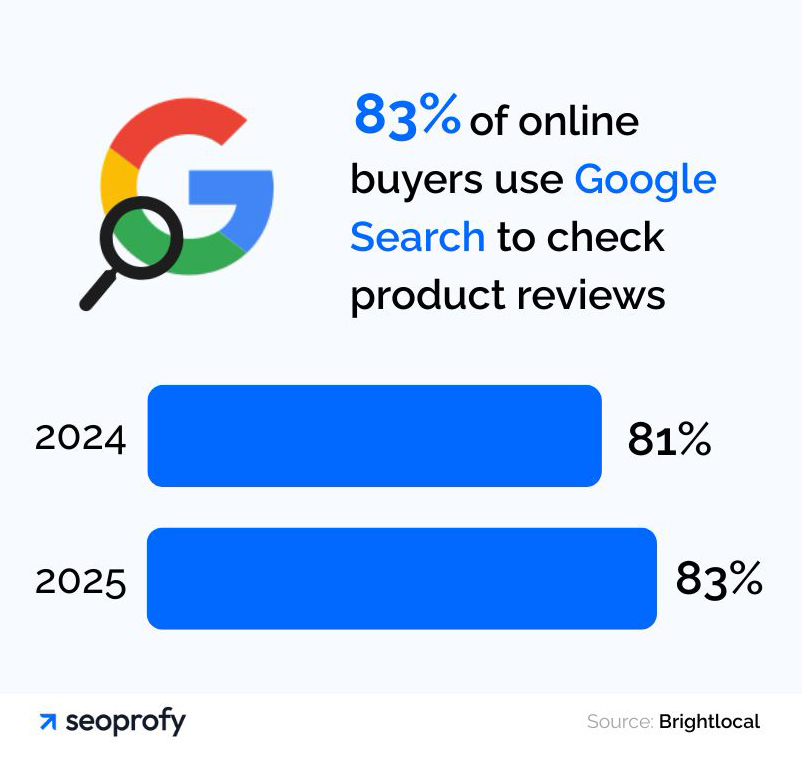
Moreover, besides using SEO statistical data, tracking your site’s performance in search results through Google Search Console is essential. It offers clear insights into user behavior, keyword opportunities, and optimization areas — turning data into smarter eCommerce growth decisions.
eCommerce Conversion Statistics
The generation of revenue is surely your website’s most important task. Do you feel like sometimes you lose a chance to convert your visitors into loyal clients? The good news is that you can significantly boost your sales if you take into account the factors that influence your prospective customers.
- Every second your site loads faster increases its conversion rates by 17%. (Bidnamic)
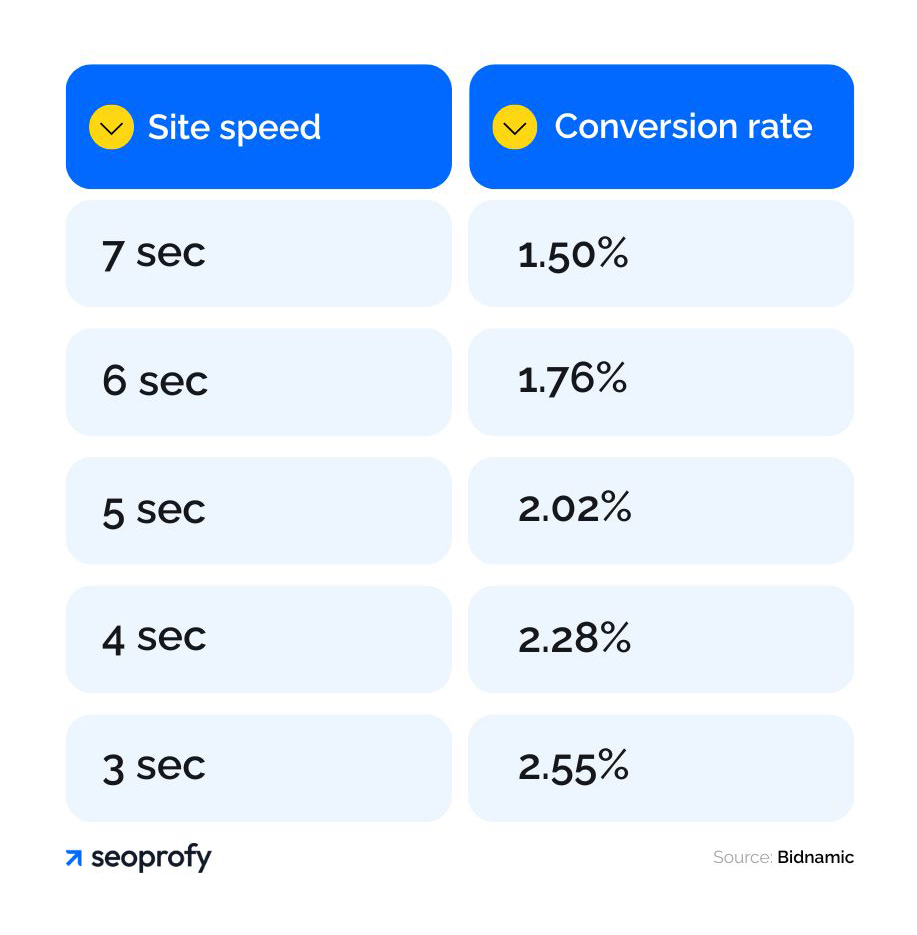
- A usual large-sized eCommerce website can increase its conversions by 35.26% due to a better checkout design. (Baymard)
- 70.19% is the average documented online shopping cart abandonment rate. (Baymard)
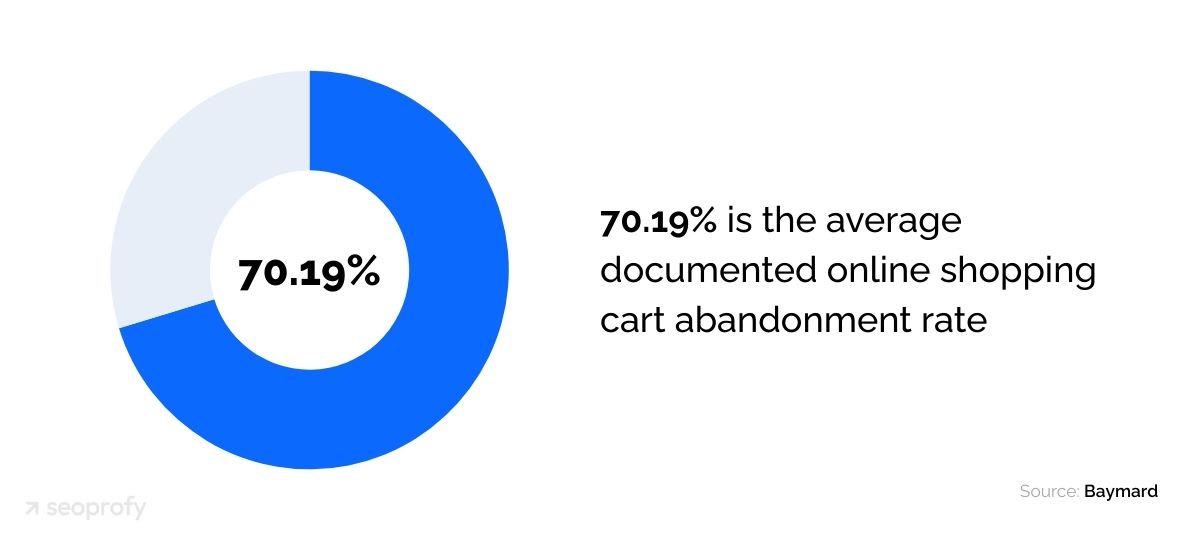
- 49% of customers report making an unintended purchase after receiving a personalized recommendation. (Invesp)
- 44% of marketers say that offering your clients a personalized experience can significantly increase your sales. (HubSpot)
- An eCommerce business can increase its conversion rates by an impressive 30% if it uses storytelling techniques. (GO-Globe)
- Conversion rates for desktop versions of eCommerce websites are 1.7x higher compared to mobile. (SmartInsights)
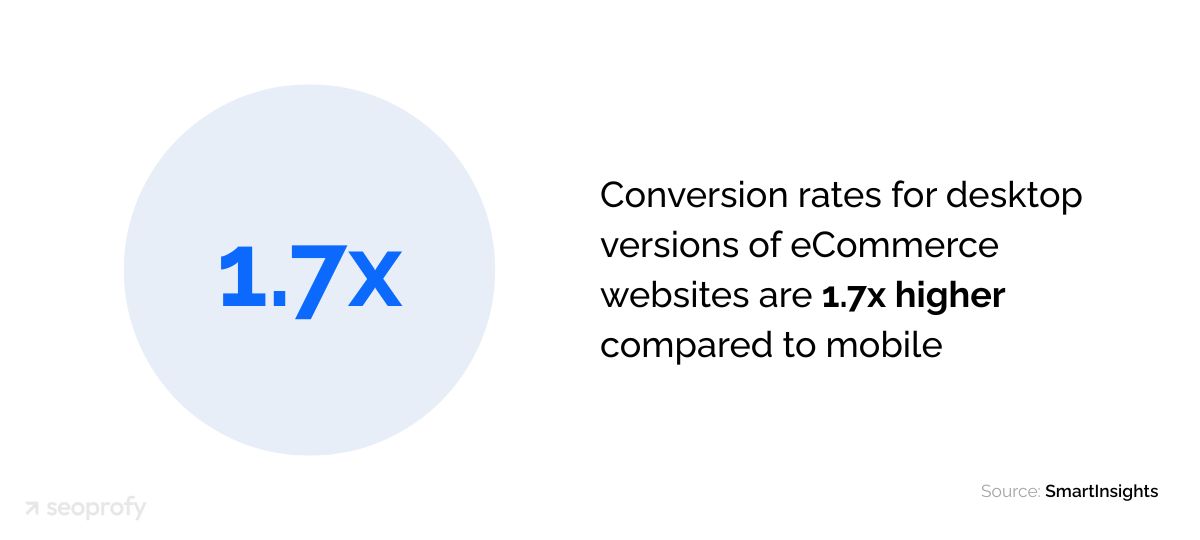
- The online stores opting for targeted email campaigns experience an average increase of 20% in conversion rates. (PageFly)
eCommerce Consumer Behavior Statistics
Knowing your clients’ preferences and pain points can help you ensure better interaction with them. It’ll eventually improve your customer service and conversion rates. Here, you can discover the best practices and useful insights that will help you inspire users to purchase on your site.
- 41% of global online buyers abandon their carts due to excessively expensive delivery fees. (Statista)
- 22% of the US online buyers haven’t finished their purchases due to “too long or complicated checkout process” (Baymart)
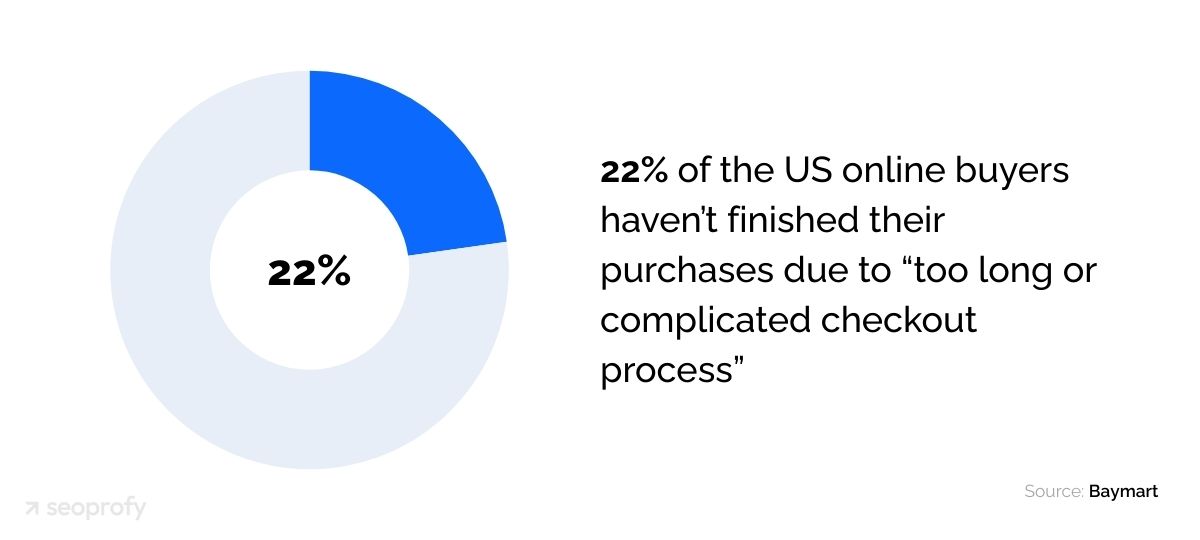
- The top 3 online purchase drivers are free delivery, coupons/discounts, and reviews from other buyers. (GWI)
- Mobile wallets turned out to be the most popular online payment method worldwide, accounting for nearly half of global eCommerce payment transactions. (Statista)
- 76% of buyers use their mobile devices to make online purchases because it saves them time. (Dynamic Yield)
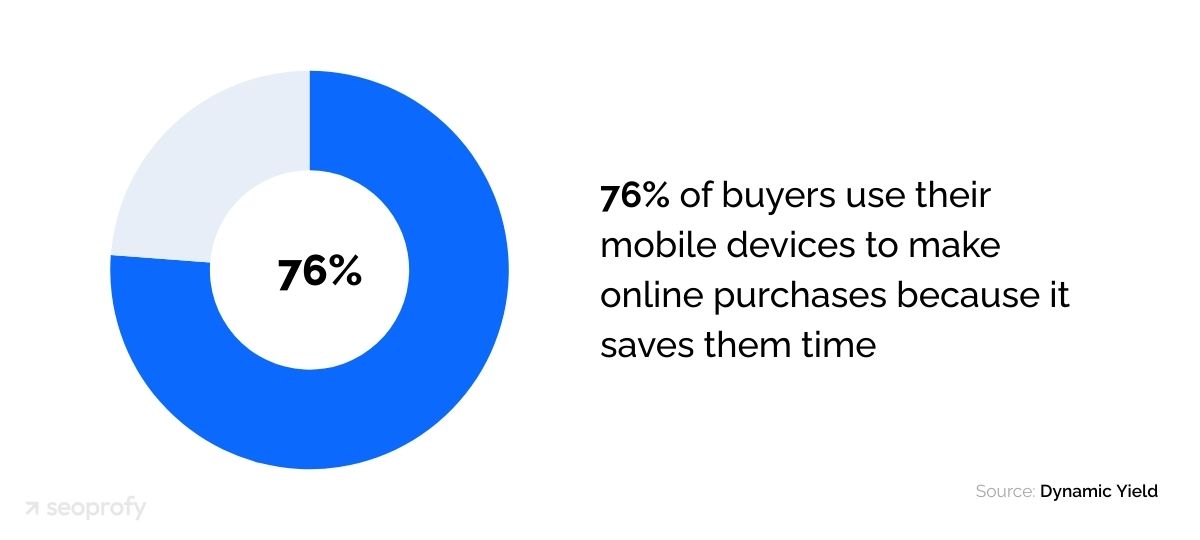
- In 2023, the clients showed a 50% increase in loyalty programs, compared to 2022. (Google)
- 93% of millennials make online purchases during big sales such as Cyber Monday or Black Friday. (SearchLogistics)
- 51% of customers opt for eCommerce businesses that offer live chat support. (UpMetrics)
- Over one-third of online buyers (34%) shop online and make purchases once a week. (SellersCommerce)
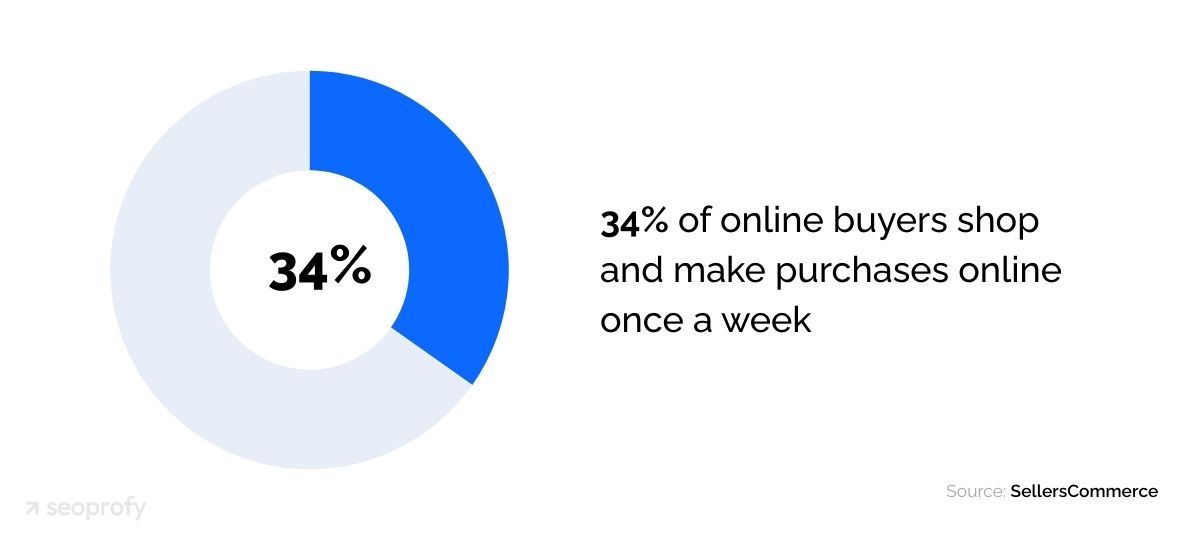
- 70% of consumers pay attention not only to the brand’s products but also to its attitude towards different environmental and social issues. (Mailchimp)
eCommerce CMS Statistics
There are dozens of content management systems (CMSs) developed for eCommerce stores. However, which one of them offers you the features to meet your business goals? Here, we’ve prepared the latest statistics and useful information related to the best eCommerce platforms for SEO and digital marketing.
- The most popular CMSs for the development of eCommerce websites include Shopify (18.73%), Wix Stores (15.28%), and WooCommerce (11.4%). (BuiltWith)
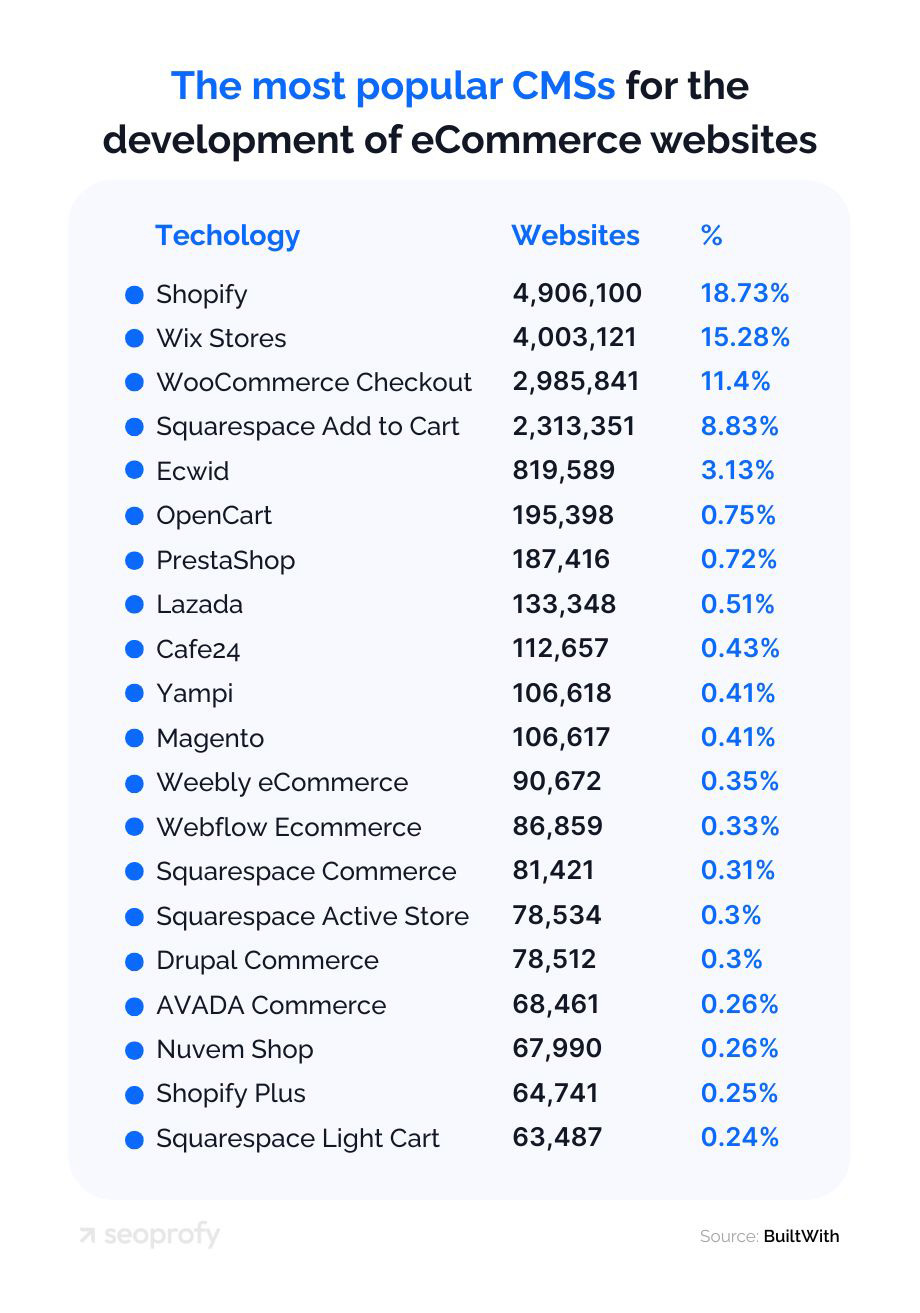
- Overall, Shopify powers over four million eCommerce websites. (BuiltWith)
- Only 29.1% of modern websites are developed without the use of any popular CMS. (W3Techs)
- There are over 8,000 apps for store customization offered by the Shopify App Store. (Shopify)
- Usually, Shopify merchants use nearly six apps to manage their eCommerce businesses. (Shopify)
- In 2024, Shopify merchants collectively generated nearly $9.3 billion in sales in the four days from Black Friday through Cyber Monday. (DigitalCommerce360)
- An average Shopify store generates nearly $67,000 in annual revenue. (PageFly)
Final thoughts
As you can see, your brand’s positioning, eCommerce SEO and marketing techniques, regular discounts, and tons of other factors have a direct influence on the success of your business. Luckily, the provided statistics will help you select the best CMS for your online store, opt for the most popular social media platforms, and create existing content. Moreover, don’t forget to use our marketing data to make more effective keyword research and catch the attention of prospective customers during the holiday season.

